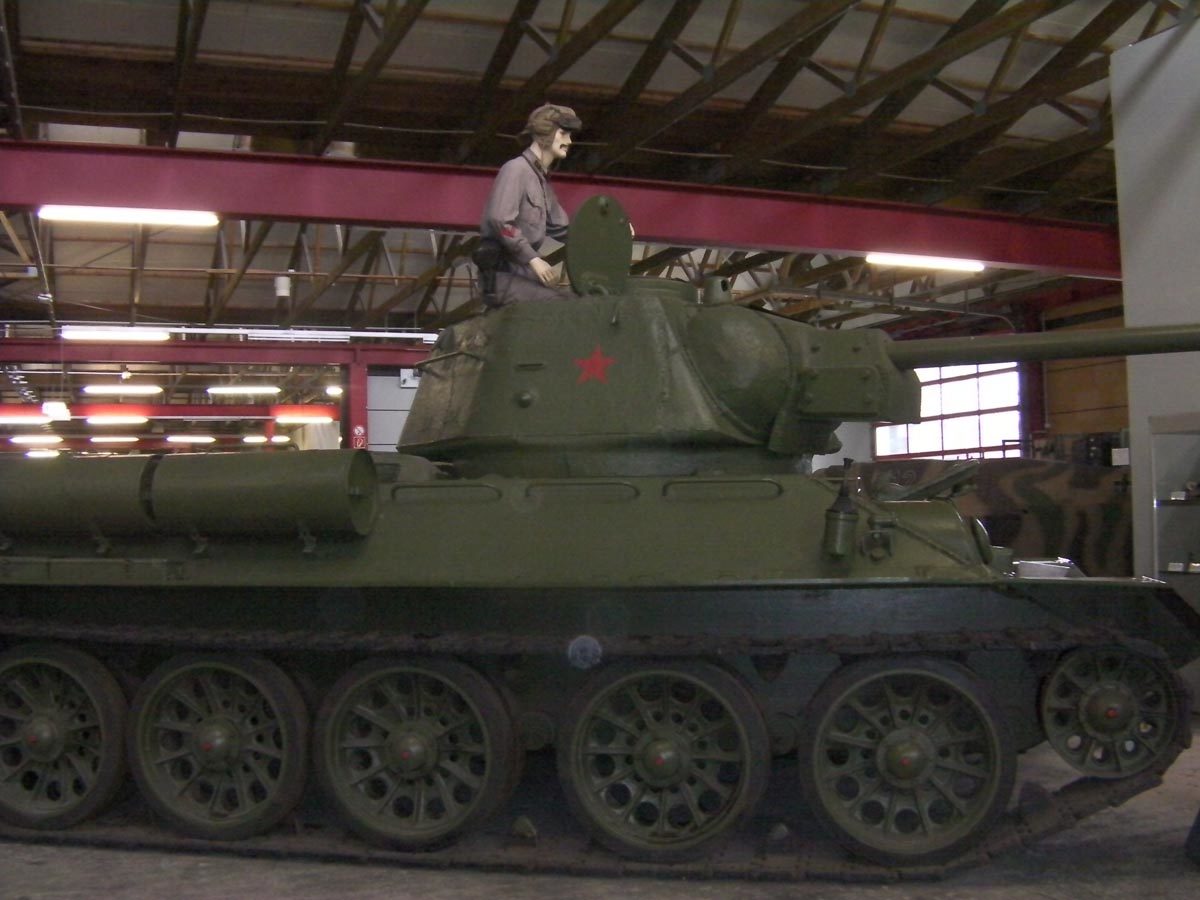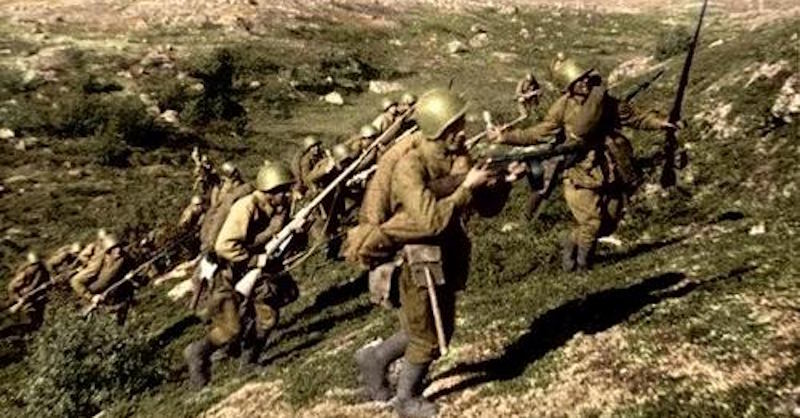German light field howitzer 105 mm leFH 18.
History, development, service, specifications, statistics and pictures of the ‘Leichte Feldhaubitze 18’.
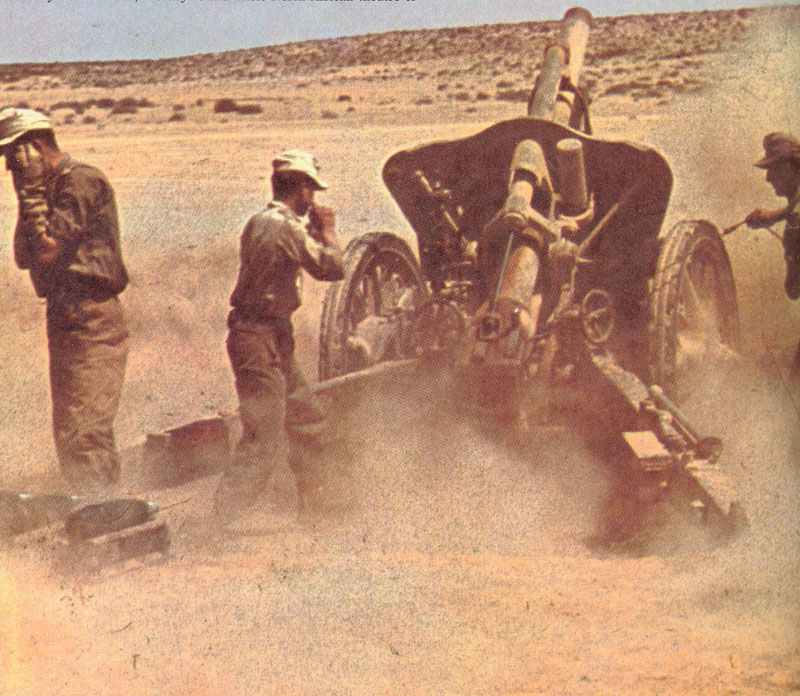
German light field howitzers in WW2
Table of Contents
During World War II, Germany employed several types of light field howitzers. These artillery pieces were designed to be mobile and provide fire support for infantry and armored units.
Overview of some of the most notable German light field howitzers
10.5 cm leFH 18 (leichte Feldhaubitze 18):
– Caliber: 105 mm
– Weight: 1,985 kg
– Range: 10,675 meters
– This was the standard light field howitzer of the German Army throughout WWII.
10.5 cm leFH 18/40:
– An improved version of the leFH 18
– Featured a longer barrel and muzzle brake
– Increased range to 12,325 meters
10.5 cm leFH 18/1 (Sf) auf Geschützwagen IVb:
– A self-propelled version mounted on a Panzer IV chassis
– Provided mobile artillery support
7.5 cm leIG 18 (leichtes Infanteriegeschütz 18):
– Caliber: 75 mm
– Weight: 400 kg
– Range: 3,855 meters
– A very light infantry gun that could be broken down for transport
15 cm sIG 33 (schweres Infanteriegeschütz 33):
– While classified as a heavy infantry gun, it was sometimes used as a light field howitzer
– Caliber: 150 mm
– Weight: 1,750 kg
– Range: 4,700 meters
These light field howitzers played crucial roles in providing artillery support for German forces throughout the war. They were valued for their mobility, allowing them to keep pace with advancing troops and provide timely fire support. The 10.5 cm leFH 18, in particular, was widely used and remained in service with several countries well after the war.
10.5 cm leFH 18 (leichte Feldhaubitze 18)
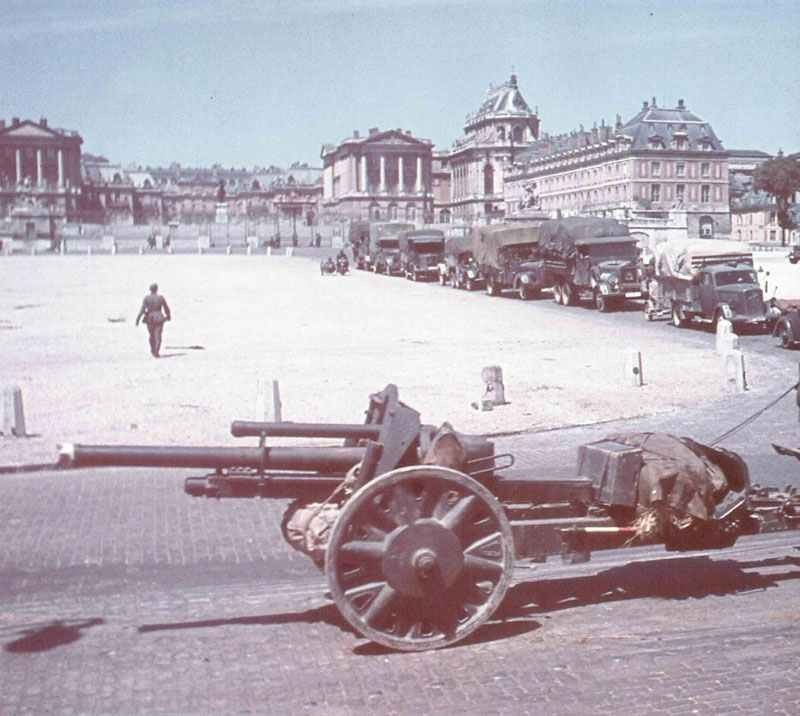
105mm leFH 18
Type: light field howitzer
History
The German army had chosen the calibre of 105 mm (4,134 inch) for its standard field howitzers well before World War One, and then stuck with it. During World War I the standard field howitzer had been the 10.5-cm leFH 16 (leichte Feldhaubitze, or light field howitzer) which used the same carriage as the then-standard 7.7-cm FK 16. After 1918 numbers of these howitzers remained with the rump of the German army and were used to train the generation of gunners who were to be the battery commanders and NCO’s of World War II.
The operational analysis carried out by German war planners during the 1920s indicated that in future conflicts a 105-mm (4.13-in) projectile would be far more effective than the 75-mm (2.95-in) equivalent for no great cost in delivery system weight, that is the artillery piece involved. Thus, they plumped for a new 105-mm (4.13-in) howitzer, and design work started as early as 1928-1929. Rheinmetall was the project leader, and the result of its efforts was ready for service in 1935.
The new weapon was the 105-mm leFH 18, a conventional and sound howitzer with a useful projectile weight and adequate range. If there was a fault with the leFH 18 it was that it was so soundly constructed that it was rather heavy, but as motor traction was expected to provide the bulk of the pulling power that was no great disadvantage, at least in theory.
The leFH 18 became a valuable export item, and numbers were sold to Spain, Hungary, Portugal and some South American nations; large numbers also came off the production lines to equip the expanding German forces.
As ever the gunners were soon asking for more range, and as a result an increased propellant charge was introduced for the leFH 18. This dictated the introduction of a muzzle brake which meant a change of designation to 105-mm leFH 18(M), the suffix denoting ‘Mündungbremse’ (muzzle brake). The introduction of this muzzle attachment meant that a special sabot sub-calibre 88-mm (3.46-in) projectile could not be fired until a new revised design was introduced slightly later.
Thus, the leFH 18 series went to war and proved itself efficient enough until the winter campaign in Russia took its toll in 1941-1942. During the thaws involved in that campaign large numbers of 105-mm (4.13-in) howitzers were lost because the weights involved were too great for the available towing vehicles to drag weapons clear of the all-prevailing mud. Thus the overweight howitzers showed their disadvantage with a vengeance, and a hurried search for some form of alternative carriage then began.
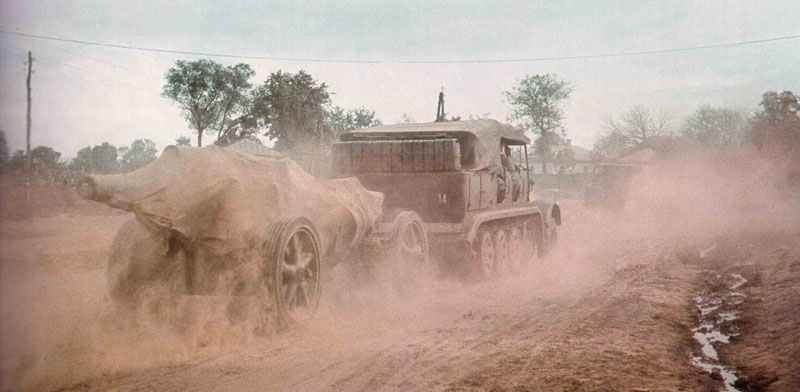
The result was an unsatisfactory improvisation, The carriage of the 7.5-cm Pak 40 anti-tank gun was simply taken as the new mount for the leFH 18(M) gun, its associated cradle and the large shield. The result was slightly lighter than the original (but not by very much), and the improvised arrangement gave constant problems that were never properly eradicated. It was intended that the new howitzer/carriage combination, designated 105-mm leFH 18/40, would become the standard field howitzer for all the German army, but this never happened and in 1945 even the old FH 16 was still in the line.
Users: Germany, Spain, Hungary, Portugal, South American nations.
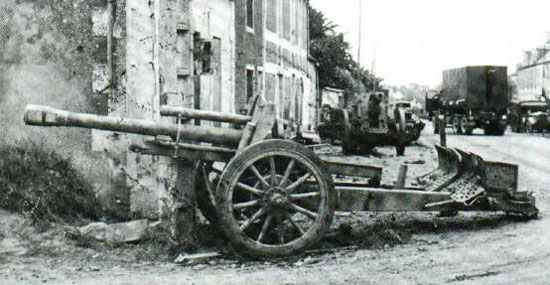
Specification for 105 mm leFH 18
Specification:
105 mm leFH 18 | specification |
|---|---|
Type | light field howitzer |
Crew | ? |
Length (of piece) | 3.31m (130.23 in) |
Weight | 1,955kg (4,310 lb); travelling and in action |
Calibre | 105 mm (4.134 in) |
Length of barrel | ? |
Rifling | ? |
Elevation | -5° to +42° |
Traverse | 60°; right and left |
Muzzle velocity | 540 m (1,770 ft) /sec |
Maximum range | 12,325m (13,478 yards) |
Shell weight | 14.81kg (32.65 lb) |
Penetration mm at 30° armor plates:
Range | Pzgr | Gr39 H1/A | H1/B | H1/C |
|---|---|---|---|---|
100 meters | 63 mm | 80 mm | 90 mm | 100 mm |
500 meters | 59 mm | 80 mm | 90 mm | 100 mm |
1,000 meters | 54 mm | 80 mm | 90 mm | 100 mm |
!,500 meters | 50 mm | 80 mm | 90 mm | 100 mm |
2,000 meters | 46 mm | 80 mm | 90 mm | 100 mm |
Production:
105 mm leFH 18 | figures |
|---|---|
Production | 1935 - 1945 |
Price per unit | ? |
Total production figure Jan 1942-Feb 1945 | 9,301 (including leFK18, LG40, LG42, GebG36) |
for 1942 | 1,687 |
for 1943 | 2,802 |
for 1944 | 6,458 |
Jan and Feb 1945 | 876 |
Model of 105 mm leFH 18/40
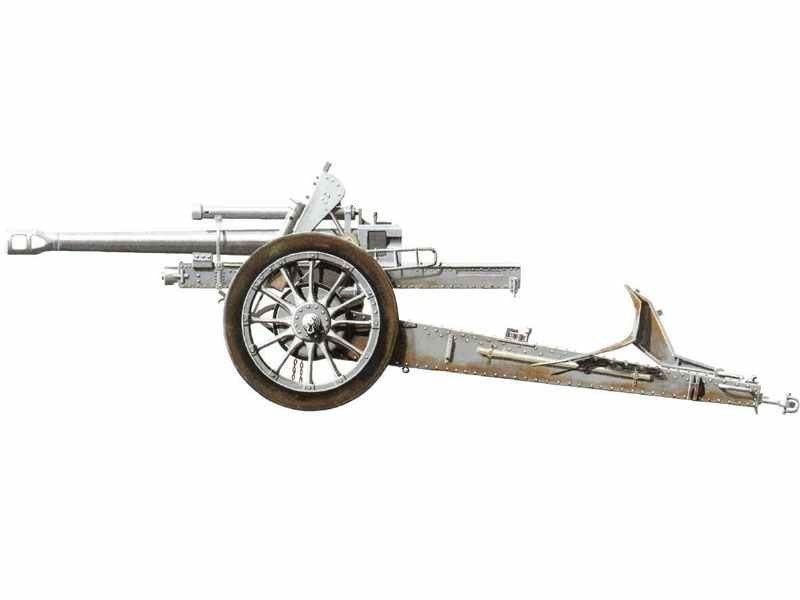
References and literature
Die Geschichte der Artillerie (John Batchelor, Ian Hogg)
Artillery in Colour 1920-1963 (Ian Hogg)
The Encyclopedia of Weapons of World War II (Chris Bishop)






